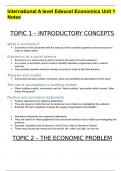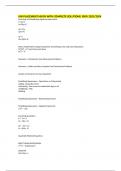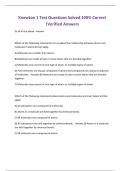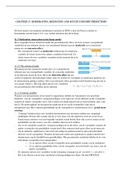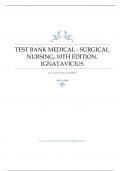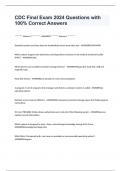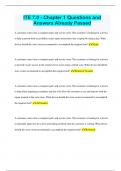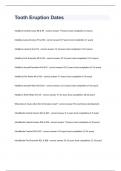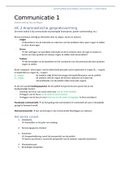Samenvatting
Summary International A level Edexcel Economics Unit 1 Notes
- Vak
- Instelling
Summary International A level Edexcel Economics Unit 1 Notes TOPIC 1 – INTRODUCTORY CONCEPTS What is economics? • Economics is the concerned with the ways by which societies organise scarce resources in order to satisfy wants. Economics as a social science • Economics is a social sci...
[Meer zien]
